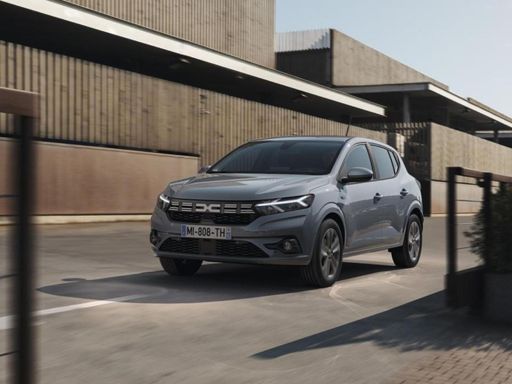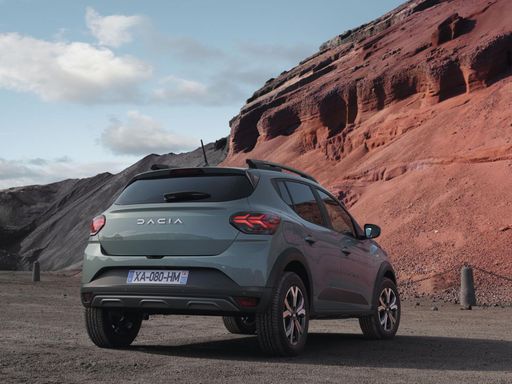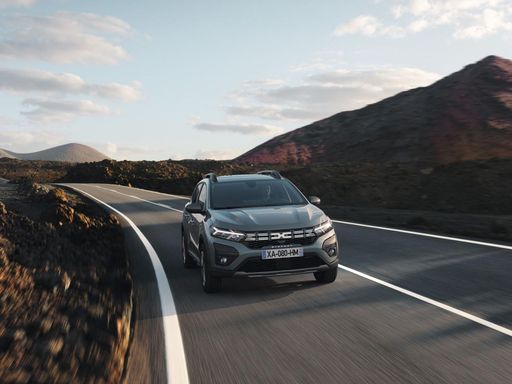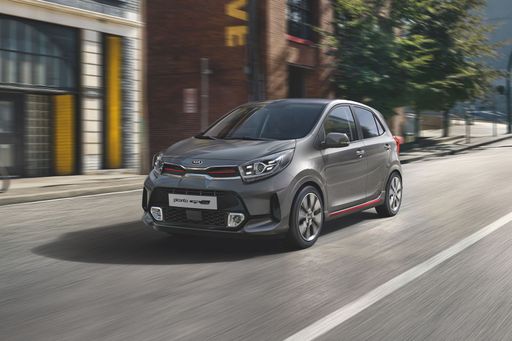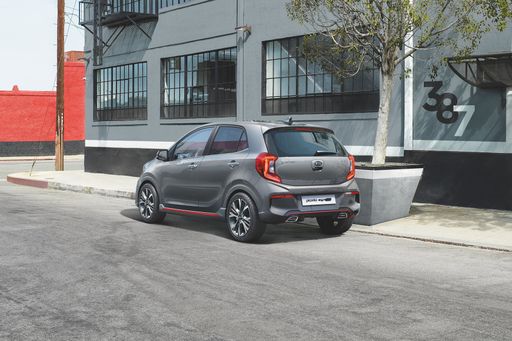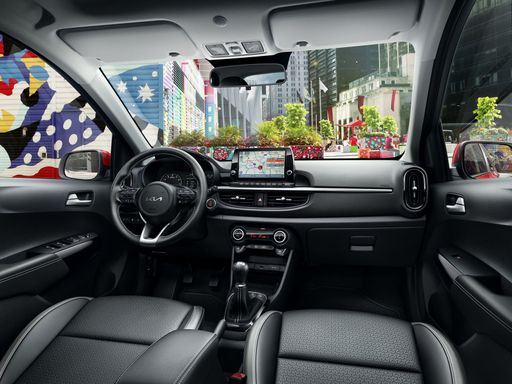Introduction: The Battle of the Compact Hatchbacks
In the world of compact hatchbacks, two contenders stand out for their affordability, efficiency, and practicality: the Dacia Sandero and the Kia Picanto. While both vehicles aim to provide budget-friendly transportation options, they cater to slightly different consumer needs and preferences. This article will delve into a comparative analysis of their technical aspects, innovations, and overall value for money.

